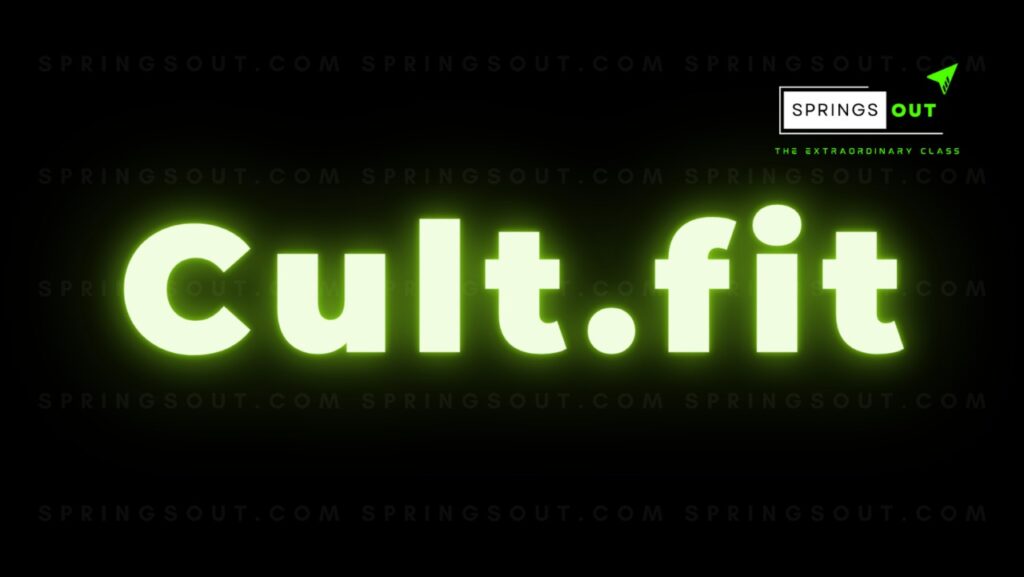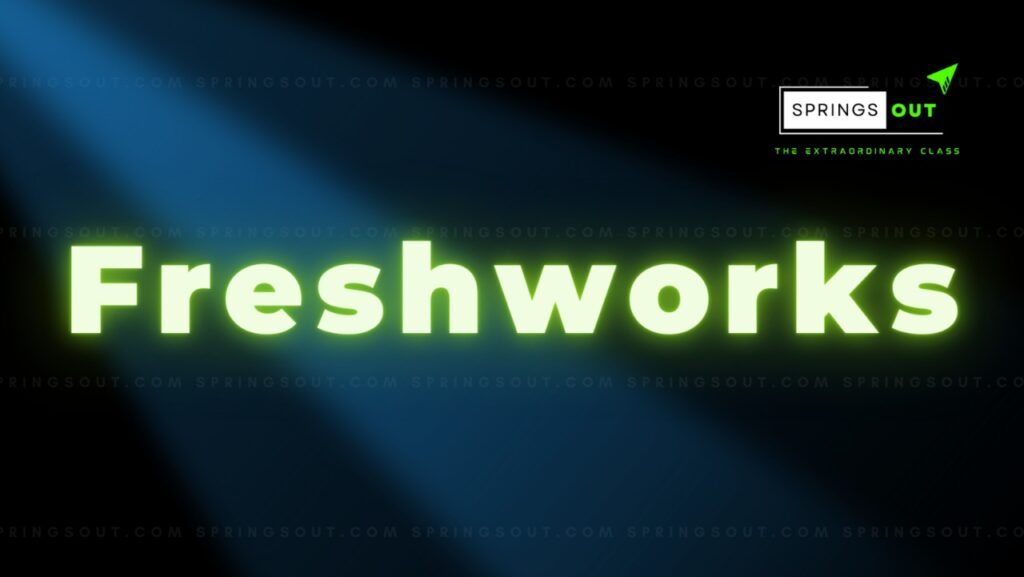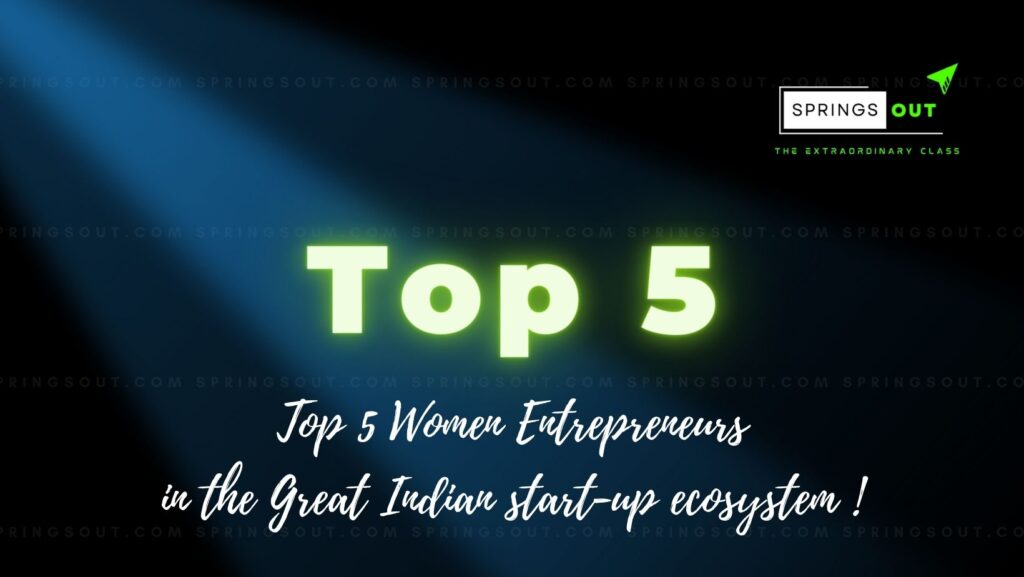
A brief about Slack Technologies, Inc.
Slack Technologies, Inc. was founded in 2009 by Stewart Butterfield, Eric Costello, Cal Henderson, and Serguei Mourachov. It initially started as an internal communication tool for their previous company, but later evolved into a standalone product for teams and organizations. Slack launched in 2013 and quickly gained popularity, becoming one of the leading workplace collaboration and communication platforms. In 2019, Slack went public through a direct listing on the New York Stock Exchange (NYSE).
Slack is a collaboration and communication platform that provides businesses and organizations with a single place to share messages, files, and other information. It has features like instant messaging, group chat rooms, and integrations with various other tools and services, making it a popular choice for team communication and productivity.
Quick Facts
- Slack Technologies is a technology company that provides a cloud-based collaboration and communication platform for teams.
- The platform offers features such as real-time messaging, file sharing, and integration with other tools and services.
- Slack was founded in 2014 and is headquartered in San Francisco, California.
- The company went public in 2019 through a direct listing on the New York Stock Exchange.
- As of 2021, Slack had over 100,000 paying customers and over 12 million daily active users.
- Slack competes with other workplace communication and collaboration tools, such as Microsoft Teams and Zoom.
- The company is led by CEO Stewart Butterfield.
The Founders of Slack Technologies
Slack Technologies, Inc. was founded by four individuals:
- Stewart Butterfield – Co-founder and CEO
- Eric Costello – Co-founder and Engineer
- Cal Henderson – Co-founder and Engineer
- Serguei Mourachov – Co-founder and Engineer
Stewart Butterfield is a Canadian entrepreneur and computer programmer, who previously co-founded the photo-sharing service Flickr. Eric Costello, Cal Henderson, and Serguei Mourachov are all experienced software engineers who have worked on a variety of technology projects. Together, they founded Slack in 2009 with the goal of creating a better way for teams to communicate and collaborate. Today, Slack is one of the leading workplace collaboration and communication platforms, serving millions of users worldwide.
Funding of Slack Technologies
Slack Technologies, Inc. has raised a significant amount of funding through several rounds of venture capital financing. Some of the company’s notable investors include Accel, Andreessen Horowitz, Index Ventures, and Social Capital.
Slack’s last fundraising round was in 2019, where it raised $427 million in a funding round led by Dragoneer Investment Group and General Atlantic, valuing the company at $7.1 billion. Before its direct listing on the NYSE in 2019, Slack had raised a total of $1.4 billion in funding from venture capital investors.
Slack Technologies, Inc. has raised capital through several rounds of venture funding, with each round being referred to as a “series.” Here is a list of the notable funding series for Slack:
- Series A: Slack raised $120 million in a Series A funding round led by Andreessen Horowitz in April 2015.
- Series B: Slack raised $160 million in a Series B funding round led by Thrive Capital and Social Capital in April 2016.
- Series C: Slack raised $250 million in a Series C funding round led by SoftBank Group in August 2017.
- Series D: Slack raised $427 million in a Series D funding round led by Dragoneer Investment Group and General Atlantic in April 2019.
These funding rounds helped Slack to grow its business, develop new features and expand its reach globally.
The Founders Journey at Slack
The founders of Slack Technologies, Inc., Stewart Butterfield, Eric Costello, Cal Henderson, and Serguei Mourachov, have had an interesting journey as entrepreneurs and technology leaders.
Before founding Slack, they worked on a gaming startup called Tiny Speck, which was eventually shut down. However, during their work on Tiny Speck, they developed an internal communication tool that they later turned into Slack.
After its launch in 2013, Slack quickly gained popularity among businesses and organizations, becoming one of the leading workplace collaboration and communication platforms. The company raised significant amounts of funding through several rounds of venture capital financing, and went public through a direct listing on the NYSE in 2019.
Today, Slack is widely recognized as a leader in the workplace collaboration and communication space, and its founders are widely respected as technology visionaries and entrepreneurs. Their journey showcases the perseverance, creativity, and hard work that can go into building a successful technology company.
Technologies Used by Slack Technologies
Slack Technologies, Inc. uses a combination of technologies to deliver its workplace collaboration and communication platform, including:
- Web Technologies: Slack is built on top of a modern web stack, including HTML, CSS, JavaScript, and various web frameworks such as React.
- Real-time Communication: Slack uses WebSockets to provide real-time communication between users, enabling instant messaging and other real-time interactions.
- Cloud Infrastructure: Slack uses Amazon Web Services (AWS) as its cloud infrastructure provider, leveraging a range of AWS services including EC2, S3, and RDS.
- Databases: Slack uses a combination of relational databases and NoSQL databases, such as MySQL and Cassandra, to store and manage its data.
- Machine Learning: Slack uses machine learning algorithms, such as natural language processing (NLP), to enhance its capabilities and improve the overall user experience.
- APIs: Slack has a rich API ecosystem, which enables third-party developers to build custom integrations and tools on top of the platform.
These technologies help Slack to provide a highly scalable and reliable platform that can support millions of users and handle large amounts of data, while also delivering a rich user experience with real-time communication and integration with other tools and services.
Rise and Success of Slack
The rise and success of Slack Technologies, Inc. can be attributed to several factors, including:
- Unique Value Proposition: Slack offered a new and innovative approach to workplace communication, providing teams with a single place to share messages, files, and other information. This was in contrast to traditional email and instant messaging systems, which were often fragmented and difficult to use.
- Strong User Experience: Slack was designed with the user in mind, providing a clean, intuitive, and user-friendly interface. This helped to make it a popular choice for businesses and organizations, who were looking for a better way to communicate and collaborate.
- Integrations with Other Tools: Slack integrates with a wide range of other tools and services, including Google Drive, Trello, and Salesforce, among others. This made it easier for teams to use the platform in conjunction with other tools they already use, helping to increase its appeal.
- Rapid Adoption: Slack was adopted quickly by businesses and organizations of all sizes, due to its strong value proposition, user-friendly design, and integration capabilities. This helped to drive the company’s growth and success.
- Excellent Marketing: Slack’s marketing efforts helped to build awareness of the brand, attract new customers, and drive growth. The company’s marketing campaigns were creative, well-targeted, and effective, helping to position Slack as a leader in the workplace collaboration and communication space.
These factors, combined with the vision and hard work of the Slack founding team, helped the company to achieve its impressive rise and success.
Competitors and Challenges of Slack
Slack Technologies, Inc. faces competition from several other players in the workplace collaboration and communication space, including:
- Microsoft Teams: Microsoft Teams is a communication and collaboration platform that is part of the Microsoft 365 suite of products. It offers a similar set of features to Slack and has been growing rapidly in popularity.
- Zoom: Zoom is a video conferencing and collaboration platform that has become increasingly popular in recent years, especially in the wake of the COVID-19 pandemic.
- Google Workspace: Google Workspace is a suite of productivity and collaboration tools offered by Google, including Gmail, Google Drive, and Google Meet.
- Chanty: Chanty is a team communication platform that offers a similar set of features to Slack and is marketed as a more affordable alternative.
In addition to competition from these and other players, Slack faces several other challenges, including:
- Scalability: As Slack continues to grow, it will be important for the company to maintain its high level of user experience and reliability, even as the number of users and the volume of data increases.
- User Privacy: Slack handles large amounts of sensitive data, including confidential business information and personal information. Ensuring the privacy and security of this data will be a key challenge for the company.
- Monetization: Slack has not yet fully figured out how to monetize its platform effectively, and will need to continue to explore new business models and revenue streams to sustain its growth.
These challenges will require ongoing innovation and hard work from the Slack team in order to overcome, but the company’s strong track record and impressive growth to date suggest that it is well-positioned to do so.
The inspiring Journey and Milestones of Slack
The journey of Slack Technologies, Inc. has been marked by several key milestones and achievements, including:
- Founding (2009): Slack was founded in 2009 by Stewart Butterfield, Eric Costello, Cal Henderson, and Serguei Mourachov.
- Launch (2013): Slack was launched in 2013 as a workplace collaboration and communication platform, offering teams a single place to share messages, files, and other information.
- Rapid Adoption (2014-2016): Slack experienced rapid adoption in its early years, attracting millions of users and becoming one of the most popular workplace collaboration and communication platforms.
- Series D Funding (2016): In 2016, Slack raised $200 million in a Series D funding round, valuing the company at $3.8 billion.
- Expansion into Enterprise Market (2017): Slack expanded into the enterprise market in 2017, launching new enterprise-level features and pricing plans to target larger organizations.
- IPO via Direct Listing (2019): Slack went public through a direct listing on the NYSE in June 2019, becoming one of the first companies to do so.
- Expansion into Non-English Speaking Markets (2020-2021): Slack expanded into non-English speaking markets in 2020 and 2021, launching new language versions of its platform and increasing its global reach.
- Acquisition of Stewart Butterfield (2022): In 2022, Slack acquired Stewart Butterfield, the company’s CEO and co-founder, further consolidating its leadership position in the workplace collaboration and communication space.
These milestones and achievements showcase the impressive growth and success that Slack has experienced since its founding, and the impact it has had on the workplace collaboration and communication landscape.
Key takeaways and learnings of Slack
There are several key takeaways and learnings from the journey and success of Slack Technologies, Inc., including:
- Innovation and User Experience: Slack’s unique value proposition, focus on innovation, and commitment to providing a strong user experience were key to its success.
- Integration with Other Tools: Slack’s ability to integrate with a wide range of other tools and services helped to make it a popular choice for businesses and organizations.
- Marketing and Brand Awareness: Slack’s strong marketing and brand awareness efforts helped to build awareness of the brand, attract new customers, and drive growth.
- Monetization Challenges: Slack has faced challenges in figuring out how to effectively monetize its platform, highlighting the importance of ongoing innovation and experimentation in finding new business models and revenue streams.
- User Privacy and Security: The handling of large amounts of sensitive data, including confidential business information and personal information, presents ongoing challenges for Slack in terms of user privacy and security.
- Global Expansion: Slack’s expansion into non-English speaking markets highlights the importance of adapting to different markets and cultures in order to increase global reach and impact.
These takeaways and learnings can be applied to other startups and businesses looking to achieve similar success, and provide valuable insights into the challenges and opportunities in the workplace collaboration and communication space.
Uniqueness of Slack Technologies
Slack Technologies, Inc. is unique in several ways, including:
- User Experience: Slack has a strong focus on user experience and provides a highly intuitive and user-friendly platform that makes it easy for teams to communicate and collaborate.
- Integration with Other Tools: Slack offers integration with a wide range of other tools and services, including productivity tools like Google Drive, Trello, and Asana, and project management tools like Jira and GitHub.
- Customization: Slack allows for extensive customization, including the ability to add custom integrations, create custom workflows, and set up custom notifications.
- Real-time Communication: Slack’s real-time communication capabilities make it a popular choice for teams that need to collaborate and communicate quickly and effectively.
- Cloud-based: Slack is a cloud-based platform, which makes it accessible from anywhere with an internet connection and eliminates the need for local software installations.
- Strong Marketing and Brand Awareness: Slack has a strong marketing and brand awareness effort, with a recognizable brand and a well-established reputation as a leader in the workplace collaboration and communication space.
These unique features and capabilities have helped Slack to differentiate itself from its competitors and establish itself as a leading player in the workplace collaboration and communication space.
Focus and Summary
Slack Technologies, Inc. is a leading workplace collaboration and communication platform that provides teams with a single place to share messages, files, and other information. The company’s focus is on providing a strong user experience, integration with other tools, customization, real-time communication, cloud-based accessibility, and strong marketing and brand awareness.
Slack’s unique combination of these features has helped it to establish itself as a leader in the workplace collaboration and communication space and achieve significant growth and success. The key takeaway and learning from Slack’s journey is the importance of innovation, user experience, integration, marketing, and adaptation to different markets and cultures in order to achieve success and impact in a highly competitive and fast-changing industry.
*Disclaimer
We highly welcome all the great suggestions, complaints about any errors, inappropriate information that seek correction, and highly recommend that you may please feel free to write to us at hi@springsout.com and share your feedback with us.
All the details mentioned above have been written and composed by researching from the various resources both online and offline. All with the help of books & magazines, corporate websites, founders websites, business websites and search engines like google.com, bing.com et al. The sole purpose of sharing this information is to boost the zeal of entrepreneurship and ignite the passion of many budding entrepreneurs.









